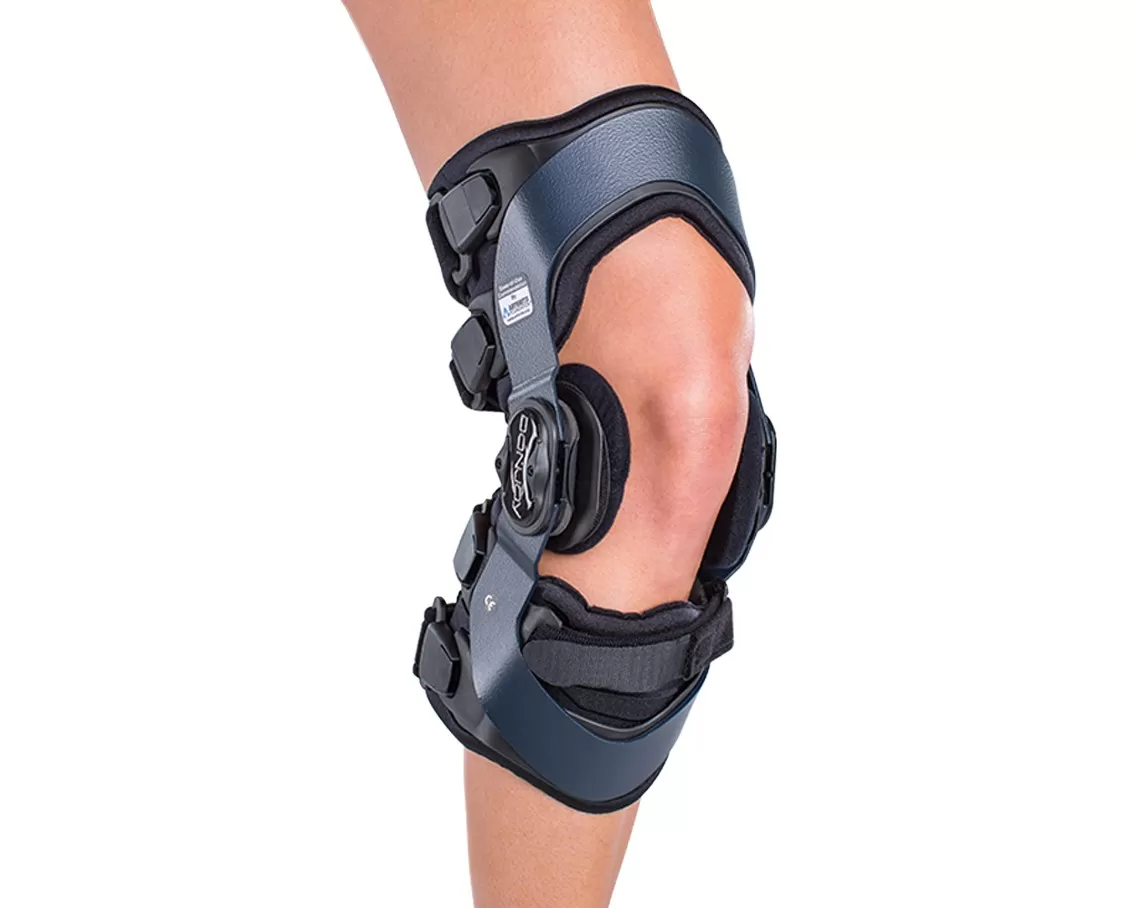We’ve all heard how good running can be for you. Running helps to lose weight, prevent disease, lower stress, strengthen joints, manage blood pressure… the list goes on and on. But there’s a suprising problem you may be experiencing if you’re a long distance runner. It’s called leaky gut. I know, it sounds gross, but if you’re a runner then it’s something to keep in mind. How do you know if you have a leaky gut? Read on to find out common symptoms and how to treat it.
What is leaky gut, anyway?
Leaky gut, also known as intestinal permeability, is a dysfunction in the lining of our intestine. Our intestinal walls are only one cell layer thick. Their job is to absorb nutrients and prevent bacteria from getting into our bloodstream. When the cells of the gut lining start to separate and let bacteria enter the bloodstream, we get what we call leaky gut. This can lead to all kinds of health issues, including:
- allergies
- asthma
- autoimmune disease
- eczema
- psoriasis
- rheumatoid arthritis
- food sensitivities
- irritable bowel syndrome
- Crohn’s disease
- ulcerative colitis
- thyroid problems
- acne
- nutrient deficiencies
- depression and other mood disorders
Also read, Physiotherapy Treatment in Mississuaga
How does running lead to leaky gut?
It’s actually not just running that can lead to leaky gut. Powerlifters and people who do cross-fit are at risk, too. Same goes for anyone who does vigorous strength training or heavy exercise. The gut lining becomes more permeable due to the amount of stress put on your body by these types of activity. High physical stress leads to higher metabolic demands. Endurance sports do appear to have the most profound effect on leaky gut though, which is why you might be more concerned if you’re a marathon runner, cyclist, or triathlete.
When you exercise, plant-derived carbohydrates are digested and fermented by the gut. This can create some harmful byproducts that play a role in creating leaks in your gut. Once you have a leaky gut, toxins are more easily able to cross from your intestines into your bloodstream.
Also read, Physiotherapy Treatment in Oakville
Endurance exercise can also increase our secretion of pro-inflammatory cytokines. This means that more inflammation is happening in the gut, which can throw off the balance of good bacteria versus bad bacteria in the intestines.
If you know me, you know I don’t like talking about health issues without some scientific studies to back up what I’m saying. So let’s take a look at one. Researchers looked at LPS (lipopolysaccharide) levels in athletes. They chose to look at LPS because it is a toxin found in bacteria. They measured LPS from blood samples of 29 athletes before, immediately after, one hour after, two hours after, and 16 hours after a triathlon. What they found was that LPS in the blood increased immediately after the race. But guess what? LPS was even higher than that one hour later. This demonstrated that there was an increase in leaky gut both during and after intense exercise.
I think I might have a leaky gut… now what?
Don’t hang up your running shoes just yet, folks. There might be a solution to those leaks in your gut. Remember how I mentioned that the balance between good and bacteria in the gut can get thrown off? Well, one way to help restore that balance is by taking probiotics. Probiotics are known as the good, healthy bacteria that we want and need in our gut. There are many different strains of probiotics. The two that have been shown to be most helpful with leaky gut is called Lactobacillus and Bifidobacterium. These strains help cells of the intestinal wall to tighten up the gaps between them.
A study demonstrated that probiotic supplements reduced LPS levels in the blood. This led to less leaky gut as well as an increase in the amount of time it took to reach fatigue while exercising in hot temperatures. This means that probiotics could actually help to improve athlete performance, too!
If you are a runner and suspect you may have a leaky gut, don’t wait until deteriorating health issues come along. Act now by calling the clinic to book your appointment with Dr. Corina Kibsey, ND today.
Runners often face various issues that can benefit from targeted physiotherapy to prevent injuries and improve performance. If you need professional physiotherapy care, consider visiting clinics in physiotherapy Etobicoke, Oakville, North York, Toronto, Lawrence Park, Queens Quay, Erin Mills, Mississauga, and Liberty Village. These clinics offer specialized services tailored to the needs of runners, helping them stay healthy and achieve their fitness goals.
Our knees support the weight of our bodies with each step we take. When we begin to experience knee pain, it can be very debilitating, especially if the pain is severe. Some common causes of knee pain are: joint strain or damage, patellar maltracking, obesity, poor foot biomechanics, and many others. In some cases, severe osteoarthritis (OA) can be the cause of the knee pain. While exercises are extremely beneficial in building muscular support and managing the effects of the OA, a knee brace can be a good intervention to provide support and delay any surgical intervention. It can help to reduce swelling and pressure on the joints and can shift weight away from the damaged and painful areas of the joint. This can significantly improve a person’s mobility by decreasing their pain.
What is Osteoarthritis?
Osteoarthritis (OA) is the most common joint condition. At its core, it is the deterioration of the cartilage which lines our joints and makes movement fluid and pain-free. While mild OA is a normal age-related change, severe OA involves a significant reduction in the amount of lubricating fluid (known as synovial fluid) within the joint. This can cause significant pain with movement, stiffness, and imbalance because of a more bone-on-bone type of feeling.
Also read, Best Physiotheraoy clinic in Mississauga
Knee brace for Osteoarthritis
As mentioned above, a knee brace can be a good management option for dealing with the effects of OA. A good knee brace will offer the support you need in order to balance and evenly distribute your weight in order to have a more comfortable walk or run. Material used to make braces can be plastic, metal, or sometimes composite materials. In addition, synthetic rubber is used for positioning and padding. It’s made in way so that your skin can breathe while your knees are supported.
Also read, Best Physiotherapy Clinic in Oakville
Types of knee braces in osteoarthritis
There are three styles of braces: Basic, Compression and Unloader for three different levels of support.
- Basic braces are for those who suffer from mild pain that worsens with activity and motion. Most people wear them while exercising or walking/running for long periods of time.
- Compression sleeves/advanced braces provide support for moderate osteoarthritic pain. They are generally worn during exercise in order to keep the joints warm and hold the knees in proper alignment.
- Unloader braces are for severe osteoarthritis. They are worn when a person is suffering from severe pain due to their knee OA and will physically unload the joint, causing less pressure to go through it.
We at Triangle physiotherapy will assess you knee joints and develop a complete treatment plan for you. Our expert physiotherapists can help you choose the correct knee brace to manage your OA. Book your appointment now and feel some relief so you can get back to your normal life as soon as possible!
Visit Here: http://www.trianglephysiotherapy.com
Using a knee brace can help manage osteoarthritis pain and improve mobility, but combining it with physiotherapy provides the best results. For personalized physiotherapy care, consider clinics in physiotherapy Etobicoke, Oakville, North York, Toronto, Lawrence Park, Queens Quay, Erin Mills, Mississauga, and Liberty Village. These locations offer specialized treatment plans to support knee health and enhance your quality of life.



